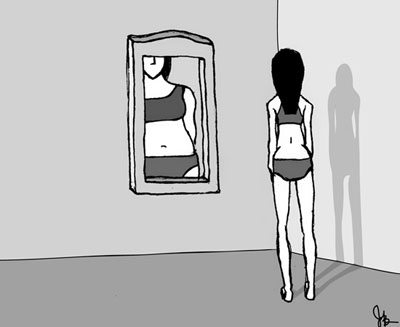As a result of the emergence of mass media in the 19th century, anxieties were aroused in media audiences. As audiences were perceived to be ‘passive’, this led to the media being constantly scrutinised, to this present day, in regards to their influence. Media today is believed to be reliant on its audience and is rendered as life altering, having such an enormous power to impact audience’s perceptions. With the vast array of social media platforms that we are constantly confronted with, they impact our knowledge and opinions and influence how we develop judgment and conspiracy. As active audience members and savvy media users, we are seen to be critical as we try to understand the concept of media and use media in our daily lives. Through audience research and quantitative data, statistics of Australia’s use of media are as shown: 6 in 10 Australians use Facebook, 1 in 5 use Instagram and an average 2.2 TVs per Australian household. More here.
We are aiming to transition from passive audience members to active as audience research established the relationship between media and its positive and negative effects on audiences. With media comes controversy. We need to be thinking critically about what people do with media NOT what does the media do to people. This is what underlines the scrutiny that has emerged in relation to the negative effects the media has supposedly placed upon its audience. Effects include issues of cyber bullying, eating disorders and domestic violence.
What has initiated serious debate is the issue of eating disorders and the controversy between the media’s dystopian representation and the audience’s interpretation. Many teenagers are confronted with the constant stigma of society’s ‘ideal beauty’ through hyper-sexualised advertisements and images of models seen on Facebook and Instagram and are left to feel obliged to suit these standards. The exposure to these images coincides with a period in their teenage lives of self-esteem issues and vulnerability. The media are supposedly held responsible for enforcing eating disorders on its active audience but many people disagree.
Statistics show ChildLine have received 10,500+ calls from young teenagers struggling with food disorders and they state “We know the trigger could be abuse in childhood but also the nature/pressures that social media places on the teens“. Karen states “YES. Media is to blame as it presents unrealistic images of beautiful women to young girls” whilst Ricky states “These issues have been around for 100 years. They revolve around the individual and their self-esteem NOT the media. Last time I checked the media wasn’t force feeding me and making me be sick.” More qualitative arguments here.

As Miles states “Truth by majority opinion is a dangerous path”, so what is YOUR opinion on the effects that media has on its audience? Do you think they are to blame for rising issues? Do you think the media shapes our society or merely reflects trends?
Until next time,
-Maria
Extra links:
Media distortion of body image- https://www.youtube.com/watch?v=5g8ygw0icEQ
Does the media cause disorders?- https://www.youtube.com/watch?v=fpvrymIVaY0
+/- effects of social media on society- https://www.linkedin.com/pulse/positive-negative-effects-social-media-society-ali-kingston


Love this!!!!
LikeLike